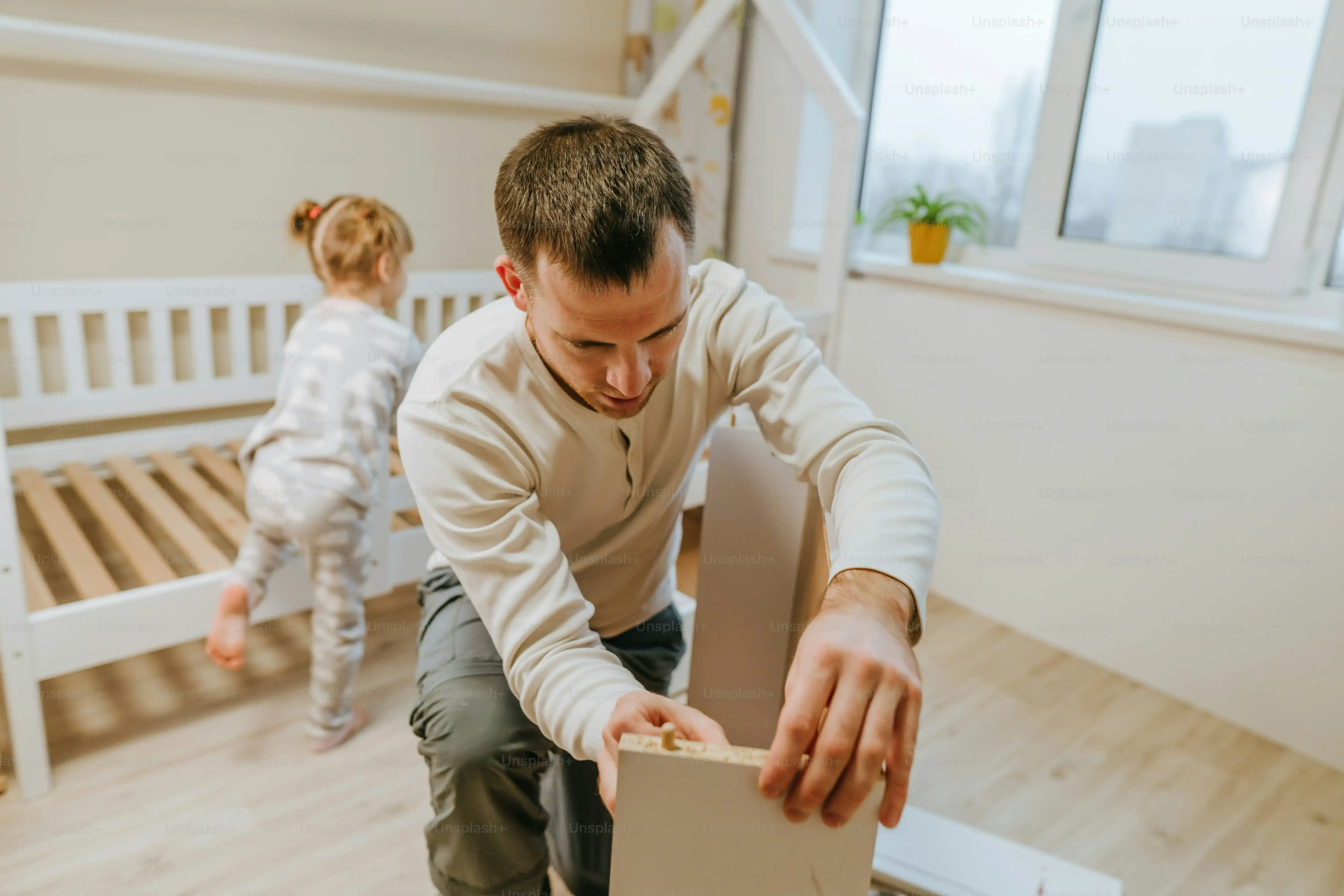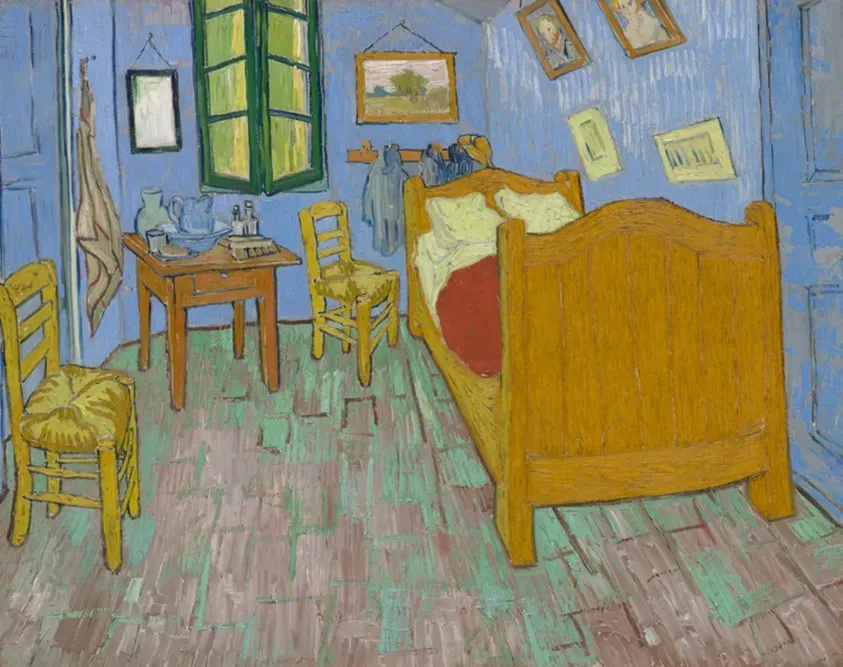Table of Contents
So, a tiny human is on the way, and suddenly that spare room or corner of your bedroom looks less like storage and more like a blank canvas for impending chaos. You're probably staring down checklists, feeling a mix of excitement and mild panic about getting everything *just right*. One of the big hurdles? Figuring out the whole baby bedroom furniture situation. Where do you even start? What do you *actually* need beyond a place for the baby to sleep? It’s easy to get lost in the sheer volume of options, colors, and safety certifications. We've been there. That's why we're diving into the world of baby bedroom furniture, specifically looking at what Target brings to the table. We'll tackle the absolute essentials, like the crib that won't break the bank but will keep your little one safe, and then move on to the pieces that make life significantly easier – think changing tables that save your back and gliders that might just become your new favorite nap spot. We'll even touch on how to pick pieces that won't be useless in 18 months. Stick around, and let's figure out how to build a functional, comfortable nursery without losing your mind (or your savings).
Picking the Perfect Crib: Your Baby's First Bed
Picking the Perfect Crib: Your Baby's First Bed
Why the Crib is Ground Zero for Baby Bedroom Furniture
let's be real. The crib isn't just *a* piece of baby bedroom furniture; it's *the* piece. It's where your little one will spend a significant chunk of their time sleeping (hopefully!), growing, and maybe even contemplating the ceiling fan. Think of it as their first apartment – it needs to be safe, comfortable, and sturdy. Picking the right one feels like a monumental decision because, well, it sort of is. You're looking for something that fits your space, your style, and most importantly, meets strict safety standards. It's not just about aesthetics; it's about peace of mind.
Safety First, Style Second (But You Can Have Both)
Before you even look at colors or fancy designs, safety is non-negotiable. We're talking about cribs that meet current CPSC (Consumer Product Safety Commission) standards. This means no drop sides (they're banned, thankfully), slats spaced no more than 2 3/8 inches apart (so tiny heads can't get stuck), and sturdy construction. Look for certifications like JPMA (Juvenile Products Manufacturers Association). Target carries cribs that adhere to these standards, which takes some of the guesswork out of it. Beyond that, consider the materials – solid wood is often preferred over particleboard for durability, and pay attention to finishes. Low-VOC or non-toxic paints and stains are a smart move for your baby's air quality.
What to Look for in a Safe Crib:
- No drop sides
- Slat spacing under 2 3/8 inches
- Sturdy construction, no wobbly parts
- Mattress fits snugly (no more than two fingers between mattress and frame)
- Smooth surfaces, no splinters or sharp edges
- Certifications like JPMA or GREENGUARD Gold (bonus points for reducing chemical emissions)
Features That Grow (and Save You Money)
While a basic, safe crib is perfectly fine, some features add major value. Convertibility is a big one. Many cribs transform into a toddler bed (usually with a separate rail kit), then a daybed, and sometimes even a full-size bed frame. This means the investment in this core piece of baby bedroom furniture stretches way beyond the infant stage. Adjustable mattress heights are also standard and essential. You'll want the mattress higher for a newborn (saves your back!) and lower as your baby gets mobile and can stand up. Check the weight capacity too, especially if you plan on converting it later. Think about the mattress support – a solid platform or metal spring base is generally more durable and supportive than a simple wooden slat system.
Beyond the Crib: Other Key Baby Bedroom Furniture Pieces
Beyond the Crib: Other Key Baby Bedroom Furniture Pieces
Dressers and Changing Tables: The Workhorses of the Nursery
the crib is sorted. Great. But a baby generates *stuff*. So much stuff. Diapers, wipes, tiny onesies that somehow get instantly stained, burp cloths, blankets... the list is endless. This is where the dresser comes in, often pulling double duty as a changing station. Look for a sturdy dresser with smooth-gliding drawers that won't pinch fingers. A changing table topper or pad can turn the top surface into a safe spot for diaper changes. Make sure the dresser is the right height for you to stand comfortably – your back will thank you during those middle-of-the-night changes. Some dressers are specifically designed as changing tables with built-in compartments, but a standard dresser with a changing pad is often more versatile in the long run.
Glider Chairs and Ottomans: Your Sanctuary in the Storm
Let's talk about *you*. Because you're going to be spending a lot of time in this room, especially in the early days and nights. A comfortable glider or rocking chair with an ottoman isn't a luxury; it's practically a necessity. This is where feedings happen, stories are read, and you might even catch a few precious minutes of rest while your little one naps on your chest. Look for something with a smooth, quiet glide or rock, supportive armrests, and fabric that's easy to clean (spit-up happens). An ottoman completes the setup, letting you put your feet up and truly relax for a moment. It's an investment in your own comfort and sanity amidst the beautiful chaos of new parenthood.
What other baby bedroom furniture pieces are often considered essential?
- A sturdy dresser (can double as a changing station)
- Changing pad or topper for the dresser
- Comfortable glider or rocking chair
- Matching ottoman for the chair
- Shelving or additional storage for books, toys, and gear
- A secure rug for warmth and play area
Creating the Cozy Corner: Gliders, Changing Spaces, and Storage
Creating the Cozy Corner: Gliders, Changing Spaces, and Storage
Creating the Cozy Corner: Gliders, Changing Spaces, and Storage
After sorting the big stuff like the crib and the dresser that's pulling changing duty, it's time to think about carving out specific zones that actually make living in the nursery manageable. You need a spot that isn't just functional, but offers a tiny bit of refuge for you. That’s where the 'cozy corner' comes in, usually anchored by that essential glider or rocking chair we talked about – it’s your command center for late-night feeds and early morning cuddles, and pairing it with an ottoman is a non-negotiable comfort upgrade. Then there's the changing space, whether it's a dedicated table or the top of that sturdy dresser; keeping everything you need within arm's reach here is crucial unless you enjoy wrestling a squirming baby while hopping on one foot to grab wipes. Integrating smart storage solutions, like baskets for diapers and wipes near the changing pad or shelves for books and burp cloths near the glider, transforms these areas from simple furniture arrangements into efficient, parent-friendly hubs within the overall baby bedroom furniture setup.
Planning Ahead: From Baby Bedroom Furniture to Toddler Transition
Planning Ahead: From Baby Bedroom Furniture to Toddler Transition
Planning Ahead: From Baby Bedroom Furniture to Toddler Transition
so you've got the nursery set up, it looks great, and the baby is (theoretically) sleeping in it. But they won't be tiny forever, right? Those first few years fly by, and before you know it, you'll be dealing with a mobile, curious toddler who suddenly views the crib rails as a challenge, not a boundary. This is where planning ahead when choosing your initial baby bedroom furniture pays off. Remember those convertible cribs we talked about? They're not just a marketing gimmick; they actually save you from buying a whole new bed in a couple of years. Picking a dresser that doesn't scream "baby" but looks like a solid piece of furniture that can hold bigger clothes or even serve as a media console later? That's smart thinking. The goal here isn't just to furnish a nursery, but to invest in pieces that have a second, third, or even fourth act as your child grows, making the transition to a "big kid" room less painful for your wallet and your sanity.
Wrapping Up Your Nursery Furniture Quest
Alright, so you've navigated the jungle of baby bedroom furniture. You've eyed the cribs, debated the dresser-changer combo, and maybe even pictured yourself rocking in a glider at 3 AM. The goal here wasn't just to fill a room, but to create a workspace, a rest stop, and eventually, a little person's domain. Getting the right pieces, starting with a solid crib and adding the practical necessities like a changing spot and storage, makes the daily grind smoother. And thinking a little down the road, picking furniture that can evolve means you're not back at square one in a year or two. It’s about making smart choices now so you can focus on the important stuff – like trying to remember the last time you slept for more than three hours straight. Build a nursery that works for you and the tiny boss who's about to move in.
